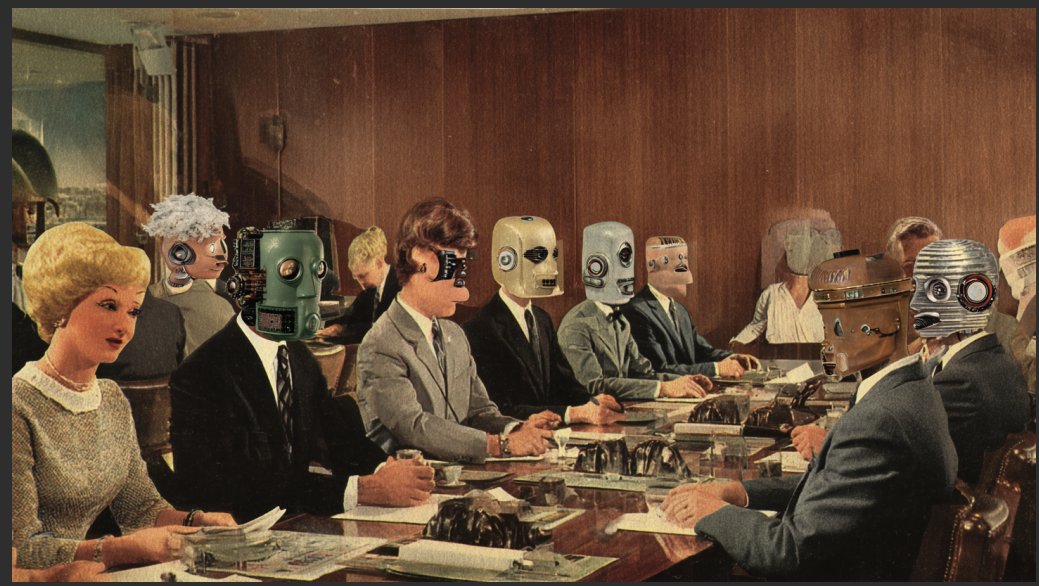Bay didn’t start her career out in software development. At school, Bay excelled at maths and physics, but adored writing, English and drama; lost in a world of Romeo and Juliet and epic fantasy. As a teenager she believed a career in journalism would be the perfect job to tie together these passions. But the hard-hitting truth of the industry landed on her like a tonne of bricks; it wasn’t the romanticised Lois and Clark version of the job she had dreamt of.
Journalism was hard. It wasn’t hard due to the writing, it was hard because a lot of people didn’t want to talk to you. And, when you wrote articles you needed to write them with a balanced point of view. So, even if you disagreed with the topic, even if it was something you felt passionate about, you had to stay in a neutral zone and talk to opposing sides (conflict averse anyone?). For someone as passionate about people as Bay, this disconnected and combative view of the world didn’t fit.
The new start on life left Bay thinking about a permanent move out of journalism. She landed a job as a Project Co-ordinator in IT. Getting into IT was a fluke, the same for many people in the industry today. She quickly took on jobs outside of her role, leveraging her skills as a journalist, interviewing people, and writing stories. But this time they were not the stories you read in the newspapers, rather the stories developers read to break down features into working software. There are a lot of correlations between agile sprint delivery, and that of producing a weekly paper in terms of deadlines and concise, clear language. Bay was in love with this role, and the rest was history.
Bay has worked as a Business Analyst and Product Owner now for most of her career. It’s important for her to work where her contributions are valued, where she enjoys the people she works with, and can continue to learn and grow.
At Patient Zero Bay plays an additional role of a custodian. The custodians are here to help people grow, learn, and just be a rubber ducky when someone needs to work through a problem. She connects the Product Owner collective through a monthly lean coffee style catch up. As a group they have a wealth of experiences to help each other out. The role of the Product Owner in Patient Zero is multi-faceted but can also be quite lonely. We don’t have business analysts, project managers, scrum masters, or agile coaches as individuals, they all form part of this role in a sea of developers.
Bay’s advice for those just getting started out in the industry is to have faith in yourself, keep going and do your best. It takes some time to get where you want to go, so don’t let that hold you back.
Outside of work Bay has a passionate love of wine, a pastime she shares with her dad. If there was one wine she couldn’t live without it would be a Coonawarra cab sav, but don’t hold that against her. If you ever cross paths with her, don’t forget to ask about her 8-month trip around Australia in a camper trailer with her husband and two kids (and a lot of dust and wind). As you can imagine, there are a few stories to share – best told over a glass of wine.







